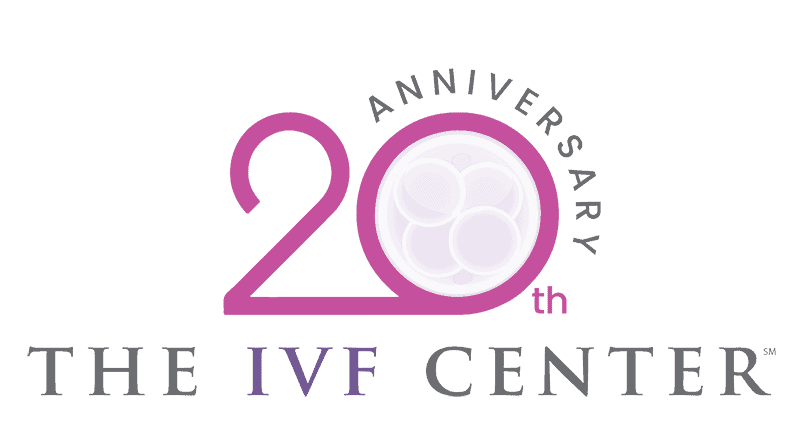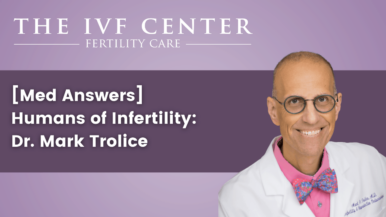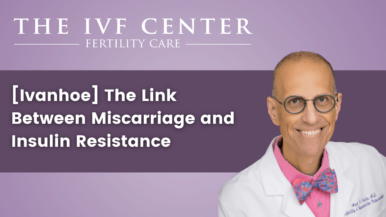The first step we recommend for patients experiencing challenges when trying to conceive is learning as much as possible about fertility and its treatment options. Understanding the various types of fertility medications is an important component of education for all fertility patients, both women and men alike. So, at The IVF CenterSM, we want to help you better understand currently available fertility medications.
 The most common fertility medications are classified as ovulation induction drugs. Ovulation induction medications are approved for patients with various ovulation disorders with the goal of producing a single mature egg during a treatment cycle.
The most common fertility medications are classified as ovulation induction drugs. Ovulation induction medications are approved for patients with various ovulation disorders with the goal of producing a single mature egg during a treatment cycle.
In addition, these drugs may be used for what is known as “super” ovulation in patients with normal ovulation function. These medications stimulate the ovaries to produce more than the usual one follicle per month, thus increasing the number of eggs exposed to sperm and increasing the chance for pregnancy.
Another type of ovulation induction medication is classified as gonadotropins Menopur, Bravelle, Follistim®, Gonal-F®). They can stimulate the ovaries to produce many dominant follicles each cycle. Gonadotropins are currently administered by injection. These fertility medications can be used in combination with sexual intrauterine insemination (IUI), or In-vitro Fertilization (IVF) to enhance your chance for conception.
What are the Risks of Fertility Medications?
Use of fertility medications carries risks that can vary depending on the patient’s diagnosis as well as the response to specific medications. In general, the most common risks, more often associated with the gonadotropin class drugs, include the following:
Ovarian Hyperstimulation Syndrome
This side effect occurs in about 1-5% of cycles. The ovaries become enlarged due to overstimulation by fertility medications. The blood vessels supplying the ovaries become ‘leaky’ and this results in fluid collecting in the abdomen. In severe cases (~1% of treatment cycles) hospitalization is required for management. The problem lasts for 1-2 weeks but can be longer if pregnancy results.
Multiple Births
Since fertility medications cause more follicles to be stimulated for growth, a higher rate of multiple births results. The multiple birth rate with clomiphene citrate is 5-10% and with gonadotropins it is 15-20% per pregnancy. In order to put these statistics in perspective, the chance for a couple to have a multiple birth spontaneously is about 1-2%.
Ectopic Pregnancy
This situation occurs when the embryo implants outside the uterus, most commonly in one of the fallopian tubes. Ectopic pregnancy occurs in approximately 2% of women attempting to conceive, but this number may be slightly higher with the use of fertility medications.
Ovarian Torsion
Twisting (torsion) of the enlarged, stimulated ovary can occur in about 1% of cycles. The ovary is cut off from its blood supply, causing abdominal pain. Surgery may be required to untwist the ovary or, rarely, remove it.
Ovarian Cancer
Past studies associated fertility medications with ovarian cancer. The risk is probably more related to continued ovulation in infertility patients than medication exposure. Pregnancy and the use of birth control pills, both of which prevent ovulation, decrease the risk. Many more recent studies, have not demonstrate a relationship between fertility drugs and ovarian cancer.
At The IVF CenterSM, our goal is to empower you with knowledge so you can further “take charge of your fertility.” We work cooperatively with you to provide the optimal individualized treatment plan that will maximize your chance for success.






